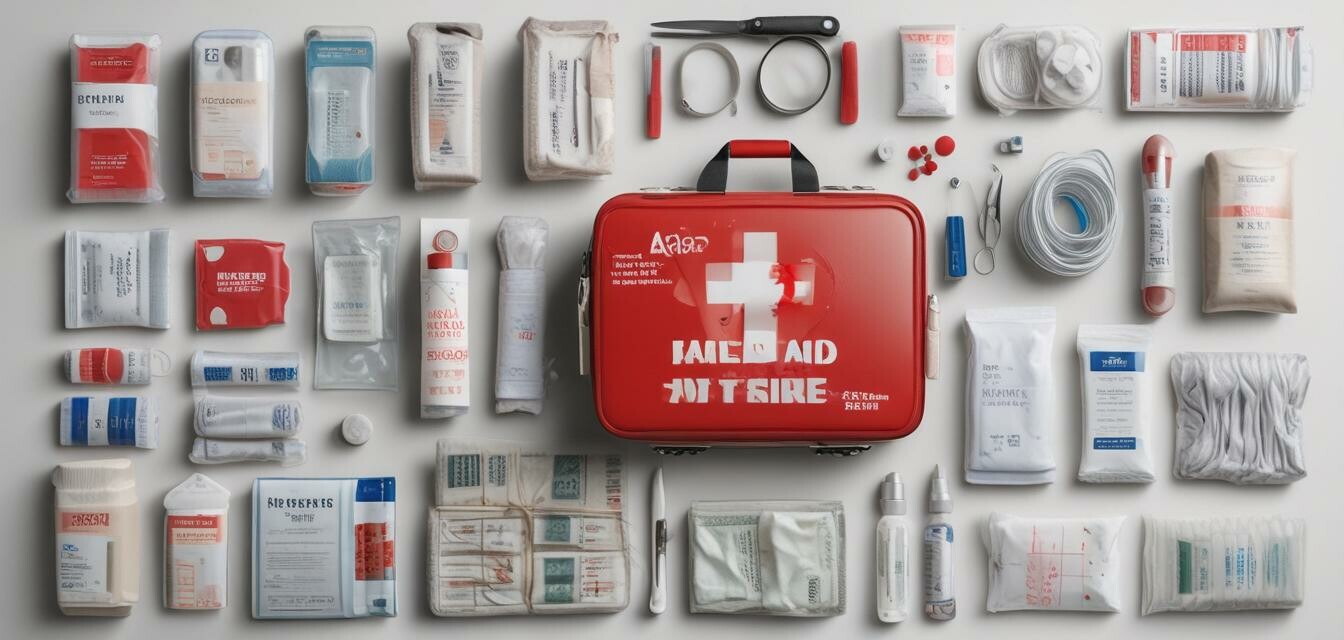
Emergency Preparedness Kits
Key Takeaways
- Emergency preparedness kits should cover food, first aid, communication, shelter, and water supply.
- Customization is key based on personal needs, environment, and family size.
- Regularly check and update kits to ensure supplies are current.
- Store kits in accessible areas, and ensure all family members know their locations.
In uncertain times, being prepared can make all the difference. Knowing what to include and how to store an emergency preparedness kit will help you and your family cope with unexpected situations. This comprehensive guide breaks down essential components, offers best practices, and provides links to explore specific products further.
What is an emergency preparedness kit?
An emergency preparedness kit is a collection of supplies and tools designed to help individuals respond quickly to a crisis or disaster situation. These kits can range from simple first aid supplies to extensive provisions that sustain you for several days or even weeks.
Essential Components of an Emergency Preparedness Kit
| Component | Description | Recommended Quantity |
|---|---|---|
| Water | At least one gallon per person per day for at least three days. | 3 gallons |
| Non-Perishable Food | Food that doesn’t require refrigeration. Options include protein bars, canned goods, and dehydrated meals. | Three-day supply |
| First Aid Kit | A kit containing bandages, antiseptics, and other medical supplies. | One kit |
| Flashlight | A portable light source to help navigate during power outages. | One per person |
| Multi-tool | A compact tool that includes various functionalities, such as a knife, screwdriver, and scissors. | One per kit |
| Whistle | To signal for help when needed. | One per kit |
Types of Emergency Preparedness Kits
There are a variety of emergency preparedness kits tailored to different needs. Understanding these types can help you make the right choice for you and your family.
- Basic Survival Kits: Include essential supplies for short-term emergencies.
- Food Storage Kits: Focus on long-term food supply and nutrition.
- First Aid Kits: Specialized kits for medical emergencies and injuries.
- Navigation and Communication Kits: Tools and devices for staying informed and oriented during a crisis.
- Shelter Kits: Items to build or enhance protection from elements.
How to Customize Your Emergency Preparedness Kit
Every household's needs are different. Here are some tips to effectively customize your kit:
Tips for Customizing Your Kit
- Assess specific needs based on the number of family members.
- Consider any pets and their necessities.
- Include specific medications or health supplies if needed.
- Adapt the kit based on geographical risks like floods, earthquakes, or hurricanes.
Maintenance and Updating Your Emergency Kit
Regularly checking and updating your kit is essential to ensure that supplies are fresh and usable:
- Review expiration dates of food and medical supplies every six months.
- Replace items that have been used in real emergencies or practice drills.
- Adjust contents according to changing family needs or new circumstances.
Where to Store Your Emergency Preparedness Kit
Storage is key for your emergency kit. Follow these guidelines to find the best locations:
- Choose a cool, dry, and readily accessible location.
- Avoid attics and basements which could be subject to extreme conditions.
- Label the storage area so that all family members know where to find it.
Conclusion
Emergency preparedness kits are vital tools that every household should have. With careful planning and thoughtful customization, your preparedness kit can provide the necessary resources for any unexpected event.
Pros
- Provides peace of mind during emergencies.
- Increases safety and resilience.
- Easy to tailor based on individual or family needs.
Cons
- Initial costs can be high depending on the kit.
- Requires ongoing maintenance and updates.
- Can take up space in small homes.
Further Reading
Explore more about specialized survival resources through our product categories:









